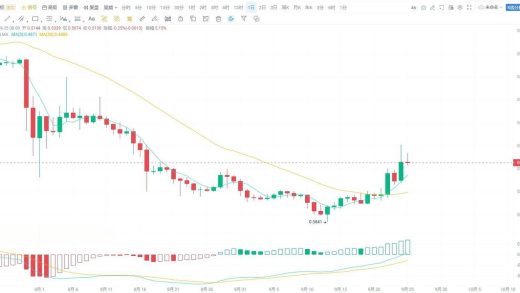Algorithmic trading has revolutionized the trading landscape, especially in the fast-paced world of cryptocurrency. By utilizing complex algorithms and data analysis, traders can execute higher volumes of trades at much faster speeds than traditional methods allow. To maximize profits wiht algorithmic trading strategies in crypto, traders must understand key strategies, risk management techniques, and the importance of continuous optimization.
Understanding Algorithmic Trading Strategies
At its core, algorithmic trading employs mathematical models and automated systems to execute trades based on predefined criteria. Here are some common algorithmic trading strategies used in the crypto market:
- Trend Following: This strategy identifies assets that are moving in a certain direction and takes positions in alignment with that trend.
- Arbitrage: Traders exploit price discrepancies between different exchanges to profit without taking significant market risk.
- Market Making: this involves providing liquidity on different exchanges and capitalizing on the spread between buy and sell orders.
Utilizing these strategies can yield substantial profits; however, traders need to continuously refine their approaches to adapt to the highly volatile crypto market.
Risk Management techniques
While algorithmic trading can lead to substantial profits, it is crucial to implement effective risk management techniques to protect your investments. Here are some recommended practices:
- Implement Stop-Loss Orders: These orders automatically sell your assets once they hit a certain price, preventing excessive losses.
- Diversify Your Portfolio: Don’t put all your funds into a single cryptocurrency. Diversification can mitigate risks and smooth out your returns.
- Limit Your Trading Volume: To avoid catastrophic losses, limit the percentage of your portfolio that you risk on any single trade.
Risk management not only protects your capital but also helps maintain a balanced psychological approach to trading. fear and greed can lead to irrational decisions, but consistent risk management promotes disciplined trading habits.
Continuous Optimization and Backtesting
To maximize profits,traders should engage in continuous optimization of their algorithmic trading strategies. This involves regularly updating your algorithms based on changing market conditions.Here’s how you can achieve this:
- Backtest Your Strategies: Before deploying any strategy in the real market, run simulations using historical data. Backtesting can help identify what worked in past conditions and what didn’t.
- Use Machine Learning: Incorporate machine learning techniques to adapt your strategies based on real-time data analysis. Algorithms can learn and evolve from new patterns and trends, becoming more effective over time.
- Monitor Key Performance Indicators (KPIs): regularly assess your algorithm’s performance against established benchmarks.this could include win rate, average profit per trade, and maximum drawdown.
By ensuring that your algorithm is continuously optimized, you’ll be better positioned to react to market changes swiftly and effectively.
Conclusion
Maximizing profits with algorithmic trading strategies in the crypto market requires a combination of understanding various strategies, sound risk management practices, and continuous optimization through backtesting and machine learning. As the crypto landscape evolves, staying informed and adaptive will provide traders with a competitive edge.
Moreover,traders should never lose sight of the emotional aspects of trading. The automated nature of algorithmic trading can keep emotions in check, but having a well-structured plan and executing it wisely will ultimately yield the best results.
Frequently Asked Questions (FAQs)
1. What is algorithmic trading in cryptocurrency?
Algorithmic trading in cryptocurrency involves using automated systems to execute trades based on predefined criteria to increase efficiency and capitalize on market opportunities.
2. How crucial is risk management in algorithmic trading?
Risk management is crucial as it helps protect capital and ensures that losses can be controlled, allowing for sustainable trading over the long term.
3. Can I create my own algorithm for trading?
Yes, many traders develop their own algorithms. It requires programming knowledge and an understanding of market dynamics, but there are platforms available that simplify this process.
4. What is backtesting?
Backtesting is the process of testing a trading strategy using historical data to see how it would have performed in the past, which helps in refining and optimizing the strategy before live trading.5. Is there a guarantee that I will make profits with algorithmic trading?
No trading strategy, including algorithmic trading, can guarantee profits. The crypto market is volatile, and risks are inherent. However,rigorous planning and strategy optimization can enhance your chances of success.


